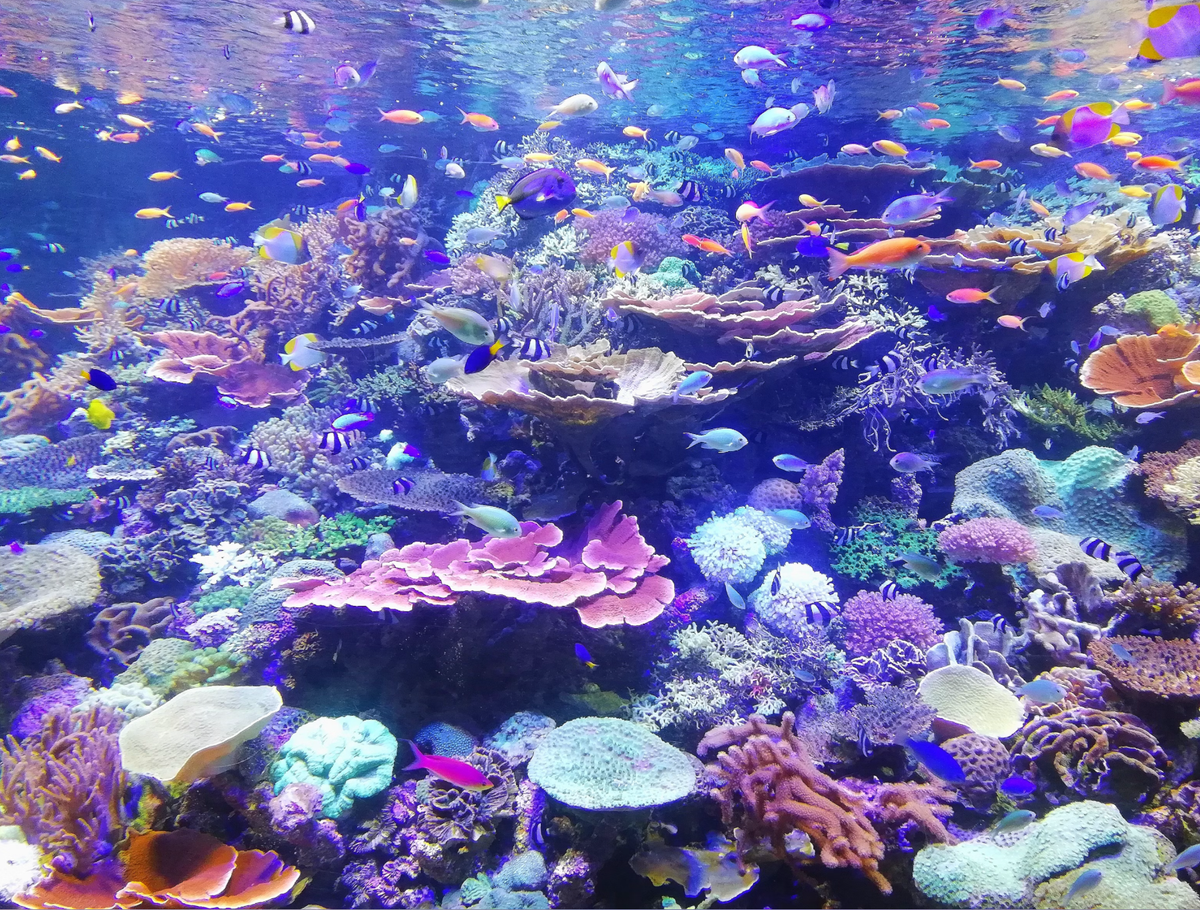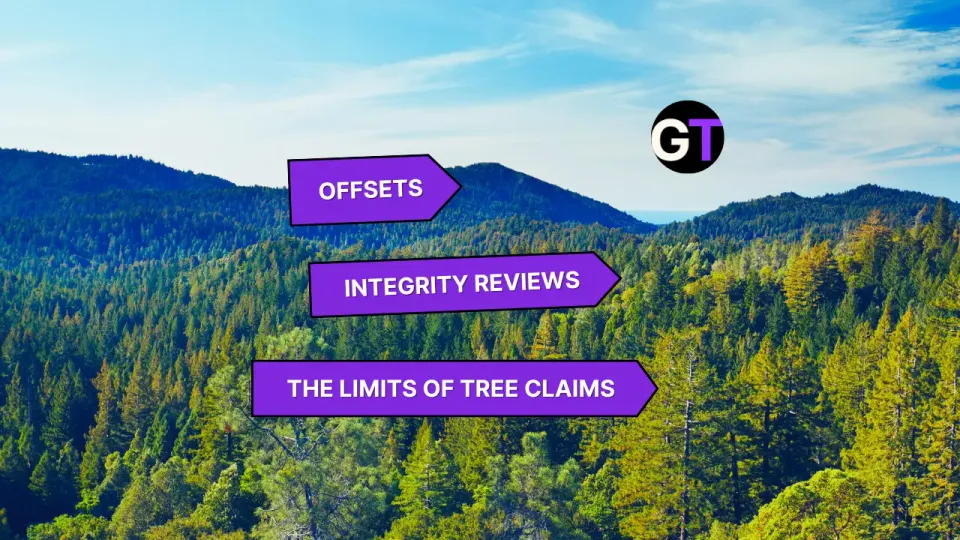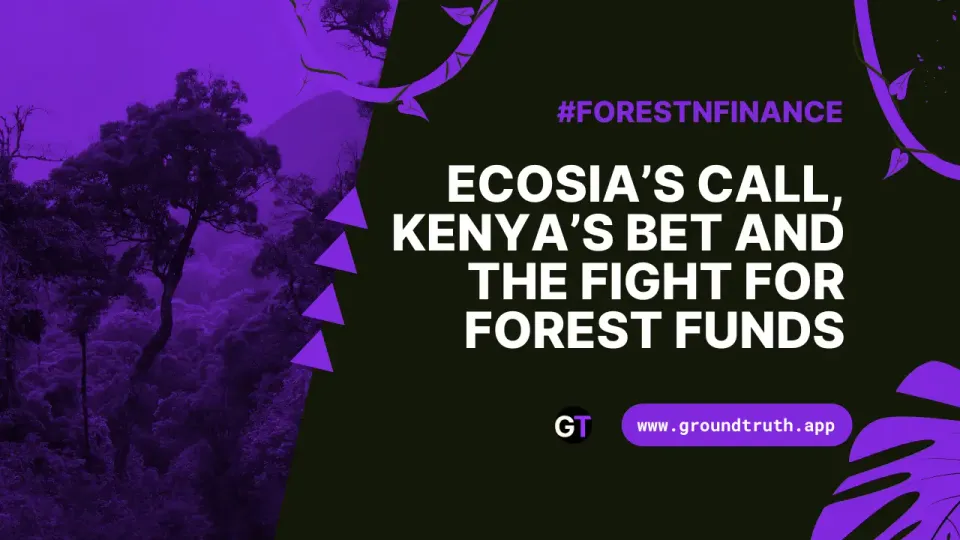Can We Really Protect 30% of Our Oceans by 2030? 🌍
Short answer: no. Boats move. So do targets and temperatures.

The 30x30 target—protecting 30% of our oceans by 2030—is a bold conservation goal, but here’s the catch: we’re not even close. According to a recent report from Metabolic, commissioned by the Bloomberg Ocean Fund, only 8.3% of marine areas are currently protected, and a dismal 2.8% of those have what’s called “effective” protection. In plain terms, most protected zones are nothing more than lines on a map, offering little real defense against threats like industrial fishing, oil drilling, and seabed mining.
Where We’re Falling Short 📉
“Paper Parks” vs. Real Protection: Metabolic’s report highlights the difference between designated Marine Protected Areas (MPAs) and MPAs that are actually enforced. Without active management, these zones do little to prevent harmful activities, turning them into what critics call “paper parks”—protected in name only.
The Wild, Wild High Seas: High seas—those international waters outside any one country’s control—make up two-thirds of the world’s oceans, yet only 1.4% are under some form of protection. The new High Seas Treaty could enable countries to establish protected areas here, but it’s still awaiting ratification. Until then, international waters are practically the ocean’s free-for-all.
Local Leadership, Global Impact: Indigenous and local communities, who have sustainably managed their waters for centuries, are often overlooked in top-down conservation initiatives. Metabolic’s report highlights successful community-led MPAs in Canada and Mozambique, where local stewardship has led to effective marine protection. Supporting these efforts isn’t just ethical; it’s smart policy.
Steps to Turn the Tide on 30x30 🌊
As COP16 approaches, here’s what the report recommends to make 30x30 more than an ambitious headline:
- Expand Genuine Protections: Governments need to not only designate MPAs but also actively protect them with regulations that prevent destructive activities.
- Ratify the High Seas Treaty: Without a framework to create MPAs in international waters, 30x30 remains aspirational. Ratification would be a major step toward protecting these vast areas.
- Support Indigenous and Local Conservation Efforts: Indigenous communities have proven expertise in sustainable marine management. It’s time to recognize and support their role in achieving meaningful conservation.
Tracking Progress with Open Data 📊
If only there were a way to see how well my country’s marine protected areas are actually being enforced…oh, wait—there is!
Open data platforms like SkyTruth and MPAtlas are key players in tracking the effectiveness of MPAs worldwide. Through satellite imagery and transparent data, these tools allow anyone to see which protected areas are genuinely enforced. By making this data public, platforms like these hold governments accountable, pushing for more than just symbolic protection.
Bottom Line 🚀
The 30x30 target is crucial for safeguarding our oceans—and our future. But without real protections, it’s just another lofty goal at risk of falling flat. The figures from Metabolic lay out the stakes, the data is clear, and the steps are mapped out. Now it’s time to move from promises to action and turn ocean conservation into reality.
The world’s leaders in ocean conservation, as per Metabolic.




